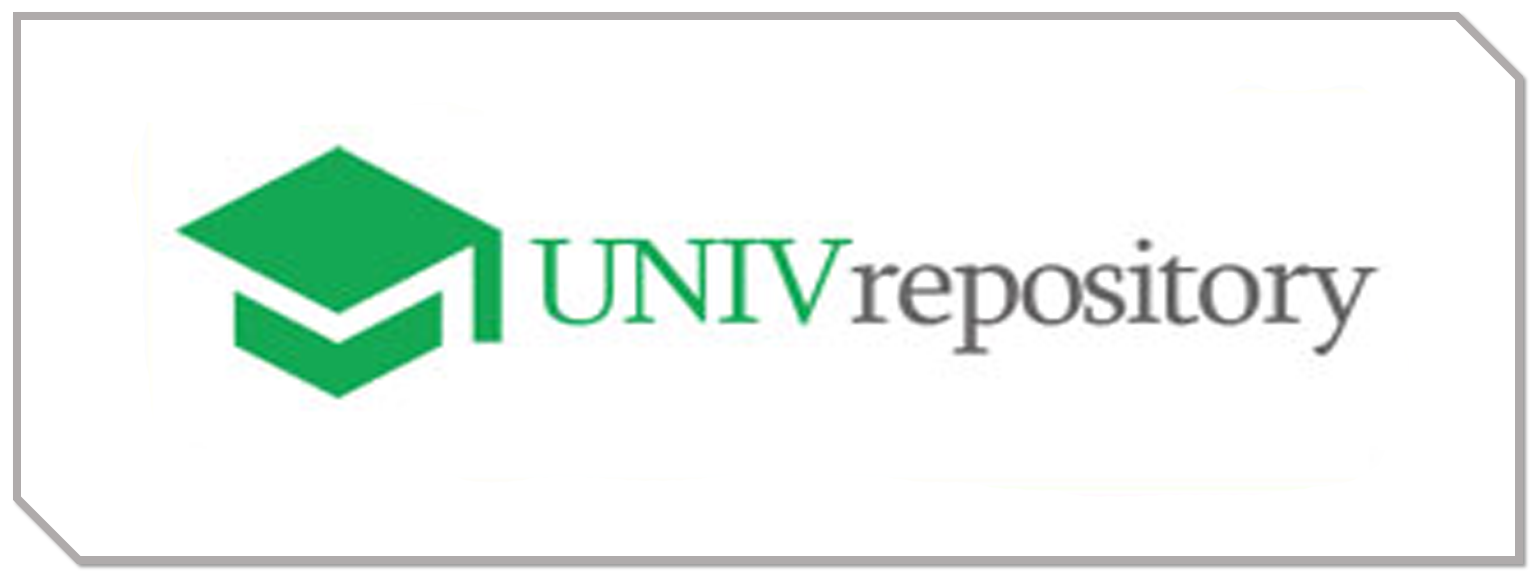PENGARUH MEDIA PEMBELAJARAN AGAMA DALAM MENGATASI KESULITAN BELAJAR SISWA DI SMPIT TAHTA SYAJAR BEKASI
DOI:
https://doi.org/10.38153/almarhalah.v7i2.119Keywords:
Learning Media, Overcoming difficulties in Learning FiqhAbstract
Discriminatory policies towards Islamic education during the Dutch Colonial period. Difficulties experienced by students when studying can hinder the teaching and learning process. These learning difficulties originate from within the student as well as from outside the student, so a teacher should provide solutions to these difficulties.
Teachers try to be good guides by carrying out their role actively and wisely. When teaching and learning activities take place teachers must behave, act and understand their students with all the consequences.
The aim of this research is to find out how to overcome learning difficulties experienced by students in fiqh subjects. Fiqh is an important subject because in fiqh lessons students can know the procedures for worship according to sharia law. Therefore, if there are difficulties in the teaching and learning process, a teacher can overcome the difficulties, one of which is by using various kinds of media.
Media has a role in explaining abstract things and showing hidden things. Because the media displays a more interesting appearance in learning so that it attracts students' attention. Ambiguity or difficulties in the teaching and learning process can be helped by the presence of media so that media can play a role in overcoming students' learning difficulties and the objectives of the learning can be achieved.
The method used in this research is quantitative research methods. Several stages that researchers carried out to get the right results included the researchers distributing questionnaires. And the data obtained will be analyzed using regression analysis, which was previously also tested for requirements using the Liliefors test and Bartlet test.
The results of the research concluded that there was a relationship between learning media and the Fiqh learning outcomes of class VIII students at SMPIT Tahta Syajar Bekasi, which was indicated by the tcount of 3.69 which was greater than the ttable value at the significance level α=0.05, namely 1.734. The pattern of relationship between these two variables is expressed by the regression equation Ŷ = 13.476 + 0.273 This means that the more frequently learning media are applied in Fiqh learning, the better the results of Fiqh learning will be. The magnitude of the contribution of the influence of learning media can be determined by squaring the obtained simple correlation coefficient values. The result of squaring the simple correlation coefficient value is 0.427. Statistically, this value provides an understanding that approximately 42.77% of the increase in learning outcomes is influenced by the application of learning media in learning Fiqh. This means that if all class VIII students at SMPIT Tahta Syajar Bekasi apply learning media in learning Fiqh, then approximately 42.77% of the Fiqh scores are influenced by learning media.
References
Abdurrahman, Mulyono. Anak Berkesulitan Belajar. Jakarta: Rineka Cipta, 2012.
Arikunto, Suharsimi. Prosedur Penelitian. Jakarta: Rineka Cipta, 2010.
Arsyad, Azhar. Media Pembelajaran. Jakarta: Rajawali Pers, 2011.
Arsyhar, Rayandra. Kreatif Mengembangkan Media Pembelajaran. Jakarta: Referensi Jakarta, 2012.
Bakry, Nazar. Fiqih dan Ushul Fiqih. Jakarta: PT. Grafindo Persada, 1996.
Depag RI. Standar Isi Madrasah Tsanawiyah. Jakarta: Dirjen Pendidikan Agama Islam, 2006.
Dimyati dan Mudjiono. Belajar dan Pembelajaran. Jakarta: Rineka Cipta, 2009.
Djamarah, Syaiful Bahri dan Aswan Zain. Strategi Belajar Mengajar. Jakarta: Rineka Cipta, 2006.
Koto, Alaiddin. Ilmu Fiqih dan Ushul Fiqih. Jakarta: PT. Grafindo Persada, 2009.
Makmun, Abin Syamsuddin. Psikologi Kependidikan. Bandung: PT. Remaja Rosdakarya, 2007.
Moleong, Lexy J. Metodologi Penelitian Kualitatif. Bandung: PT. Remaja Rosdakarya, 2004.
Mujieb, M. Abdul, Mabruri Tholhah dan Syafi’ah. Kamus Fiqih. Jakarta: Pustaka Firdaus, 1994.
Munir. Multimedia Konsep & Aplikasi dalam Pendidikan. Bandung: Alfabeta, 2013.
Nata, Abuddin. Ilmu Pendidikan Islam. Jakarta: Kencana, 2010.
Nabil, N. (2020). Dinamika Guru Dalam Menghadapi Media Pembelajaran Teknologi Informasi Dan Komunikasi. Almarhalah| Jurnal Pendidikan Islam, 4(1), 51-62.
Rahadi, Aristo. Media Pembelajaran. Jakarta: Departemen Pendidkan Nasional, 2013.
Ramayulis. Ilmu Pendidikan Islam. Jakarta: Kalam Mulia, 2011.
Rasyid, Sulaiman. Fiqih Islam. Bandung: PT. Sinar Baru Algensindo Offset, 2012.
Sadiman, Arief, S. Media Pendidikan. Jakarta: Rajawali Pers, 2011.
Slameto. Belajar dan Fakto-faktor Yang Mempengaruhinya. Jakarta: Rineka Cipta, 2010.
Sadijono, Anas. Pengantar Statistik Pendidikan. Jakarta: PT. Raja Grafindo Persada, 1996.
Sugiono. Metode Penelitian Pendidikan. Bandung: Alfabeta, 2008.
Syah, Muhibbin. Psikologi Pendidikan. Bandung: Remaja Rosdakarya, 2010.
Syathani, Rian Ahmad dan Suryadi. Sistem Informasi Manajemen Pendidikan. Bandung: PT. Sarana Panca Karya Nusa, 2009.
Yamin, Martinis. Kiat Membelajarkan Siswa. Jakarta: Gaung Persada Press, 2013
Downloads
Published
How to Cite
Issue
Section
License
Copyright (c) 2023 Nabil, Fahmi Sahlan, Dariyanto

This work is licensed under a Creative Commons Attribution-NonCommercial-ShareAlike 4.0 International License.









